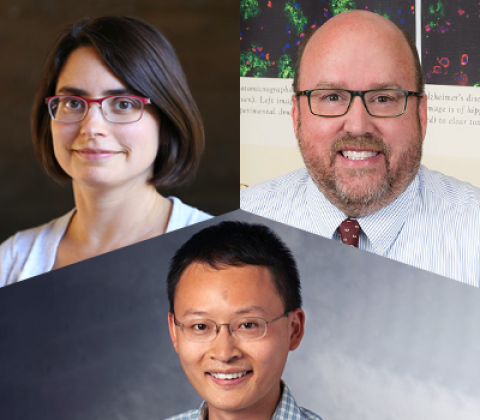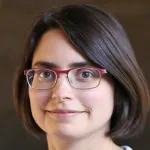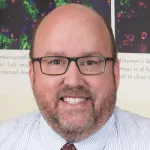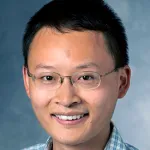Interdisciplinary Initiatives Program Round 11 - 2022
Project Investigators:
Maya Kasowski, Medicine and Pathology
Thomas Montine, Pathology
James Zou, Biomedical Data Science
Abstract:
Although Alzheimer’s Disease and other degenerative diseases of the brain are known to have a strong genetic component, the causal mechanisms are poorly described. One challenge is that genetic analyses require large cohorts of participants—ideally hundreds or thousands—and brain tissue is very limited. This challenge is especially acute for studying the hippocampus, a small region of the brain that creates new memories and is injured early in Alzheimer’s. As a result, we know very little about how genetic variants influence the heterogeneous cell types and distinct structures that make up this critical brain region. Emerging evidence suggests that human disease variants tend to have subtle or cryptic effects, which minimizes their evolutionally toll. As a result, their effects on molecular processes may be difficult to observe and require knowledge of the pathophysiology of the disease to look at the right time and place. We have devised a novel framework to explore this hypothesis. Rather than follow the standard approach of using fresh tissue, we will use fixed tissue, which is routinely prepared in pathology. This will enable us to zero in on the specific cell types that populate the microstructures of the hippocampus. Our goal is to test whether mining these narrow contexts reveals novel disease links that coarser approaches miss. To achieve this goal, we will leverage technologies optimized for fixed tissue, computer vision, and powerful statistical frameworks. We plan to investigate the 90+ Study Autopsy Cohort, the largest bank of brain tissue derived from the oldest old and conduct one of the first image QTL analysis linking cellular morphology with spatially resolved gene expression in Alzheimer's patients. The methodology we propose could advance the study of genetic risk factors by bridging microscopic analysis of tissue and genome science.




